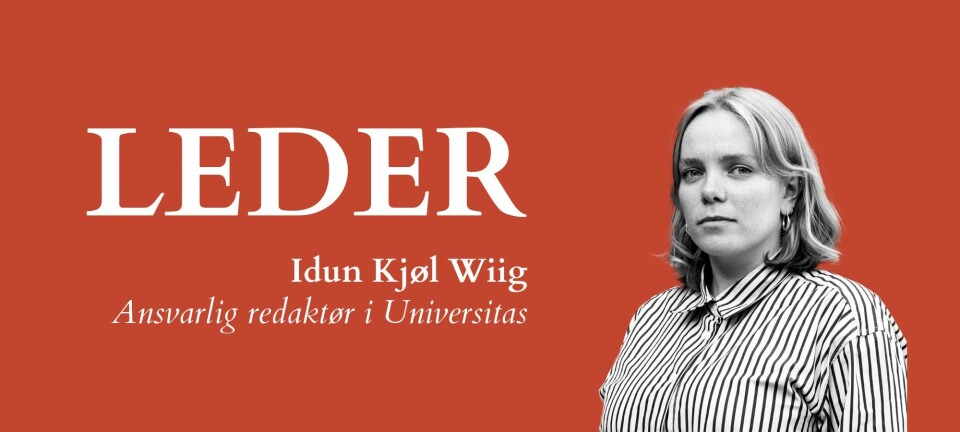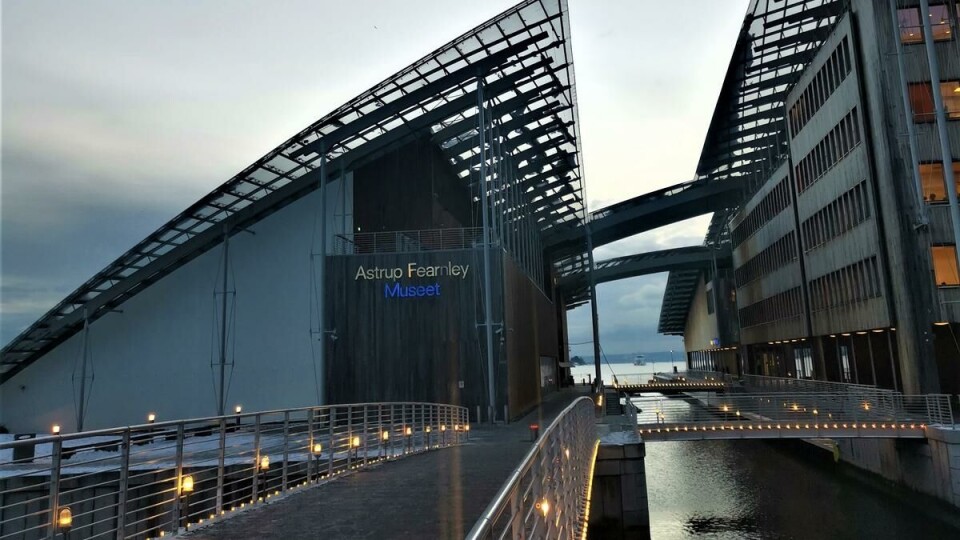
Culture for Free
Ever finding yourself craving to get immersed in culture, learn about Oslo’s history or experience the city from a new perspective does not mean you have to fear to go broke.
Higher culture has its reputation of being something for only those with considerable income or of old wealth. Combine this with the comparatively high standard and cost of living in Norway as well as with the so often added 10% in prices in a country’s capital, and a visit to any museum or other institution of art in Oslo seems far out of reach for students. However, for the nifty cheapstake that one has to become as a culture-loving student in Norway’s capital there are a few possibilities to experience art for cheap. Following are both a scheme for a week filled with culture as well as a few tips on where to look out for cultural events across the city, all of which will not break your bank.

1. Monday: Free Walking tour
Start the week of cultural exploration with getting to know Norway’s capital better. Passing by the main sights such as Stortinget or the Akershus fortress, many of Oslo’s inhabitants do not bother too much informing themselves about those buildings or the city as a whole. Luckily there are versed city-guides that offer to share their knowledge about the history of Norway’s capital as well as interesting facts about the tourist hotspots in its centre, reaching from Munch Museum and Operahuset in the harbour to the royal castle. Even if you might think of yourself as not needing or wanting to get to know more about the Nordic capital, it surely pays off to join a tour of one of the companies offering those tours because even if there is nothing new for you to be seen or heard, a stroll around the city-centre is never a bad idea.
2. Tuesday: Organ-Concerts at Sagene Kirke
A few bus-stops from the city centre, the impressive Sagene Kirke opens its heavily studded portal almost every Tuesday. From the inside, the sound of the organ floods the little square in front of the main portal. There, tables invite you to grab a coffee at Kaffeebrenneriet or Kaffe Gram located close by and soak up the sun while listening to the concert.
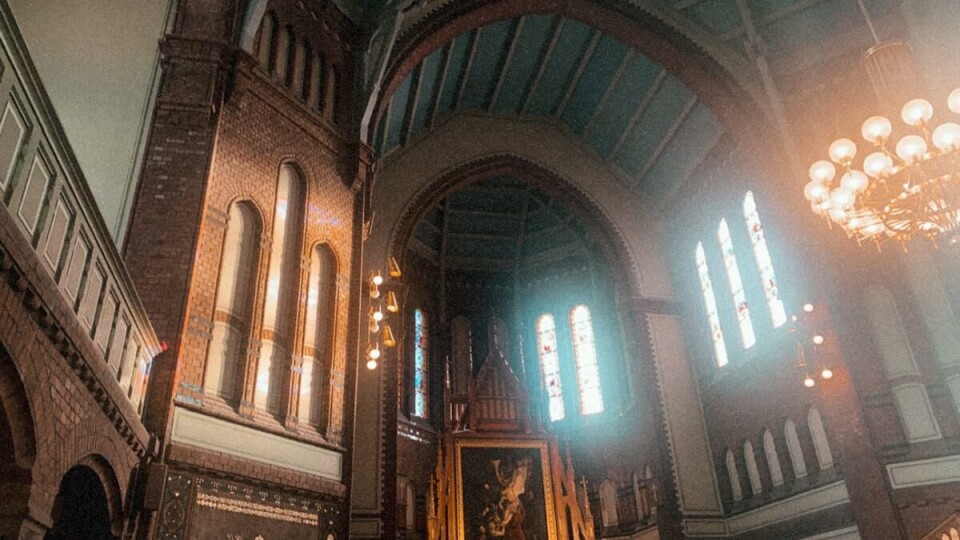
For a more immersive experience do not hesitate to make your way inside god’s house and settle down on one of the wooden benches that are more comfortable than they appear on the first look. As the concert habitually begins around noon, mostly elderly people are present at the concerts, which is why there is no need to fear not finding a place on a bench. What the organ-player will grace your eyes with over the course of one hour changes weekly, which is why it is advised to stay updated on the program via the churches website.
3. Wednesday: Munch Museum
Norway’s biggest art export undoubtedly is Edvard Munch. Many visitors flock to the Munch Museum that is to be found in Oslo’s harbour right next to Operahuset. Both are known for being architectural gems, putting on display the best of what modern Scandinavian architecture has to offer. When visiting a city, roaming through a museum during the day before finishing it off with a visit to a ballet or opera-performance in the evening is often the time-plan adhered to by many tourists. Why not give it a twist?
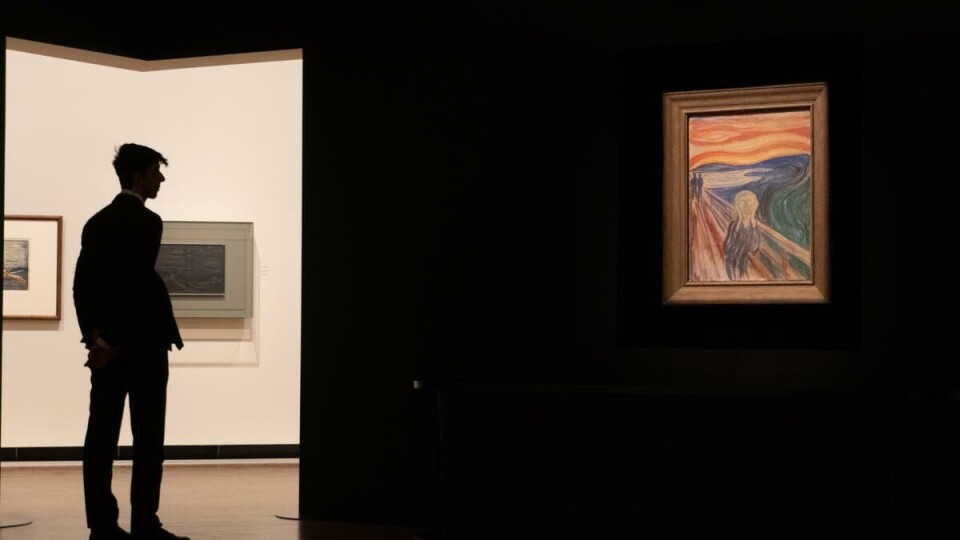
Every Wednesday, the Munch Museum can be visited for free by everyone – from families with (small) children and broke students to intellectually awake elderly. It may be a remnant of the Covid-restrictions that you have to book a timeslot in advance. Do not make the mistake to try seeing “The Scream” on Wednesday evening without pre-booking the ticket several days or even weeks in advance. If you don`t do so, the only one screaming will be you, who will not be admitted entering the 12-storey museum filled with everything from Munch’s most well-known artwork to an exhibition offering you a glimpse into the life of this world-class artist.
4. Thursday: Nasjonalmuseet - Arkitektur og Mellomstasjonen
From the architecture-highlights in Oslo’s harbour on to a venue offering you to experience Scandinavian design more closely. Even though Nasjonalmuseet itself is not due to open until the offset of June, its satellite-venue „Arkitektur“ sure is.
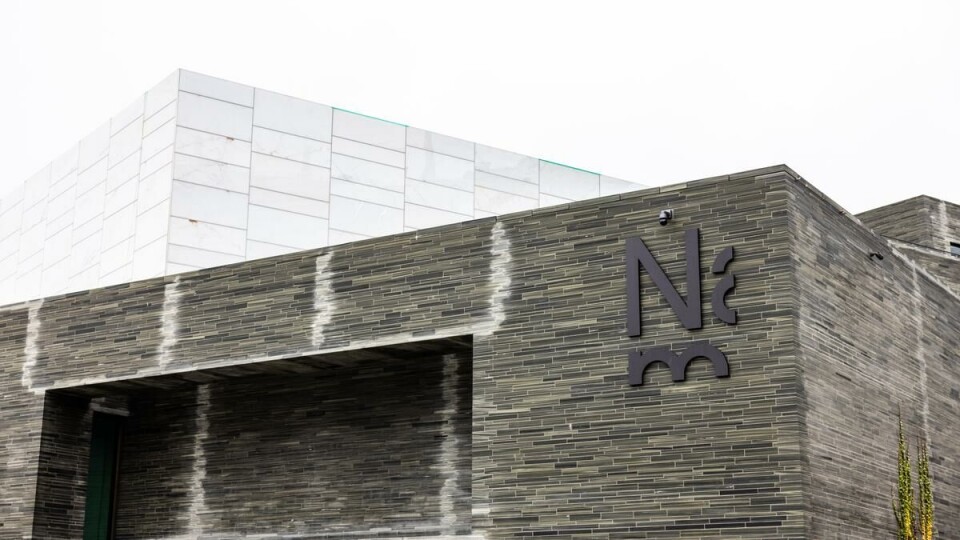
The best of all: unlike the main museum, it does not require its visitors to whip out their wallets. Inside the architectural centre of Nasjonalmuseet, the history and possible future of architecture are investigated upon, which is of particular interest given the position Scandinavian architecture and design take on the world stage. The planning and realization of the architectural dream that is the new Nasjonalmuseet is explained in Mellomstasjonen. Translated to English, the name refers to the character of this exhibition venue since it serves to keep those wanting to experience Nasjonalmuseet occupied.
5. Friday: Street Art Tour
TGIFriday! What better way to celebrate the end of the work-week than by meeting up with friends, enjoying some good drinks and going out? Give your pre-game a twist the next Friday by taking your utepils on a stroll across the city and exploring the numerous pieces of street-art. Especially in Grünerløkka and along the Akerselva river a great number of facades covered in brightly coloured artworks are waiting for you. Look if you can find the phallic swan or the 50s inspired housewall-painting. If simply walking around hoping to come across street-art appears too great of a gamble, no need to worry. Booking a guided city-walk that brings to you the highlights of what Oslo has to offer in regards of street-art is the safer bet in this case. It has to be noted that some of those walking tours have to be paid for.
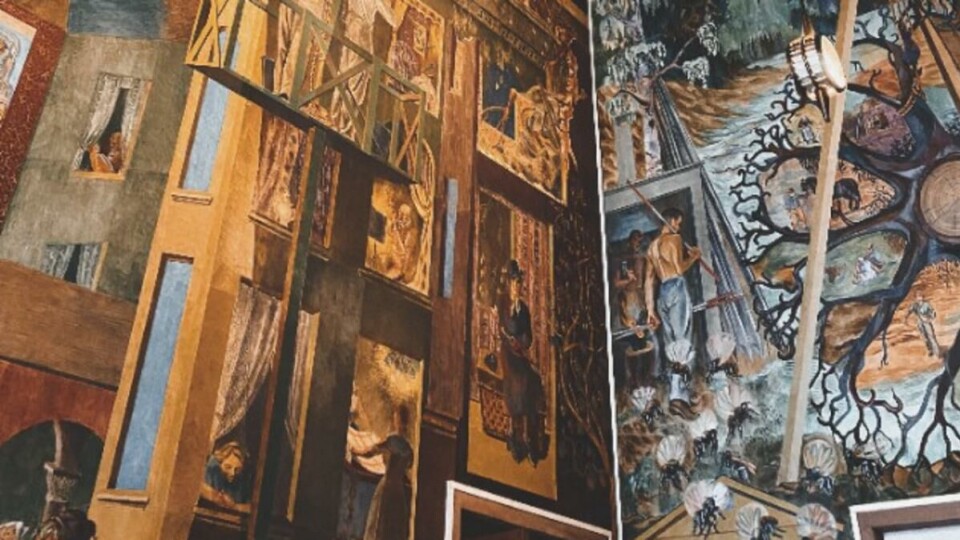
6. Saturday: Theatre Museum and Museum of Oslo
Two museums in one go might seem a lot at first. Thankfully the Museum of Oslo and the Theatre Museum are in the same building, which is just around the corner from Frognerparken. Whatever one of the two you decide to start with: the entrance is free to both of them on Saturdays. The Theatre Museum brings you the history of theatre in Norway closer by displaying original props and costumes from former performances. Lavish gowns, pinned-up hairdo-wigs and shiny fake-jewelry await you. A somewhat more extensive range of exhibitions await you in the Museum of Oslo. The focus of the permanent exhibition lies on the history of the city up until today, whereas the changing temporary exhibitions dive into issues such as the life during the second world war or artists’ view on the city over the decades in greater detail. Who knows, maybe your perspective on Oslo might also change after spending some time immersed in these two adjacent museums?
7. Sunday: Skyspace & Ganzfeld at Ekeberg Parken
After a lengthy Sunday brunch a walk in one of Oslo`s most spectacular parks will give your belly time to digest while you ingest the sculptures in Ekeberg Parken.
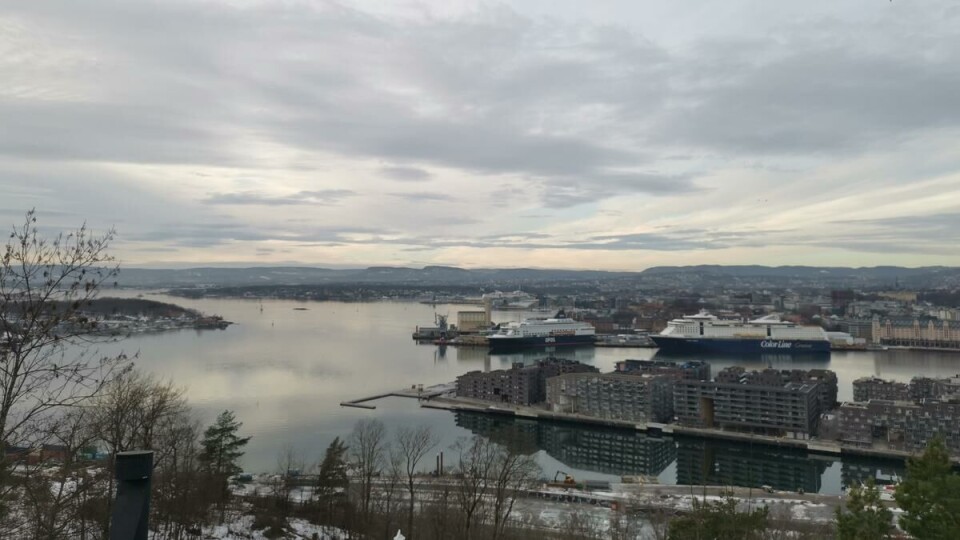
Grab your brunch-bunch of up to eight people and join a guided tour of James Turrells magical light installation with the non-omittable name “Ganzfeld: Double Vision”. Every 15 minutes a guide will lead a tour inside a former water reservoir built in the 1920 that has been transformed into an art-installation luring visitors inside by its uncanny interplay of light and color. Those coming at the right time and willing to spend some of their hard-earned money get to see another piece of art: “Skyspace: the color beneath”. The room with an opening in the ceiling lures in visitors with another light installation, whose color-changing light can only be experienced in all its glory during sunrise or sunset. Unfortunately, the drop-in system may leave you waiting to join a tour, in which the guide will share what they know about the artist and his work.
Of course, the city has more to offer than what can fit into one week. Other suggestions on what you can do for free include the following:
The University of Oslo’s offer for educating oneself is not limited to the courses of the separate study-programs. It takes its responsibility to educate seriously enough to offer other events aimed at enlarging one’s knowledge.

Via the UiO-homepage they inform about upcoming expert-talks ranging from the future of work to the impact of the Covid-19 pandemic. Further, guided tours of the Parliament, the Botanical Garden or the Supreme Court are offered free of charge several times in the course of the semester. For more those interested in culture, a sub-menu on the website lists top-profile concerts of the students’ choir as well as internationally renowned artists and groups.
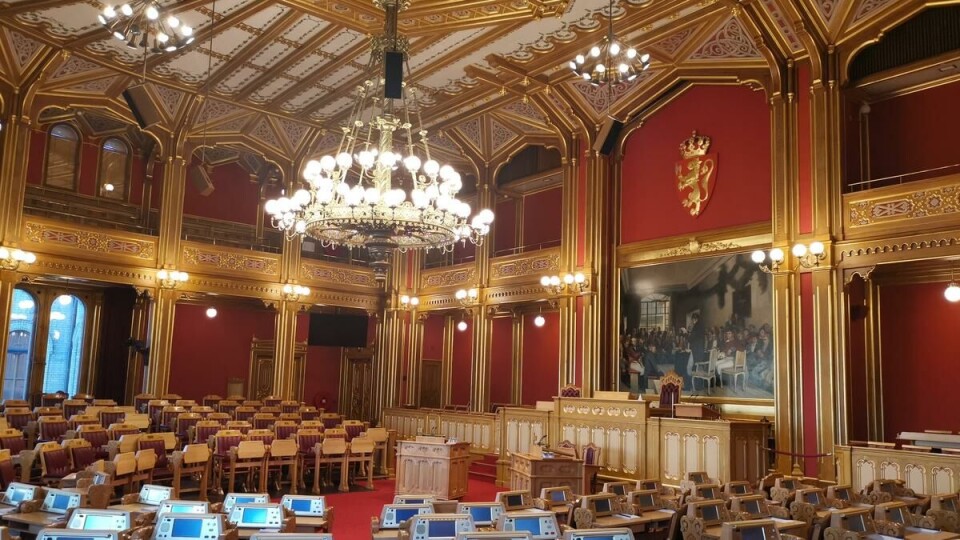
Not only are the flowers sprouting in springtime, also the art-scene seems to come alive again. With the Oslo Art Guide in hand, you can start to maneuver through the jungle of art galleries, performances and exhibitions taking place in Oslo. Four times a year the printed version of the OAG is published, coming in handy for everyone who would describe themself to be an “analog” or haptic person. The guide includes everything from artistic performances to open galleries, small concerts to artist-talks as well as from vernissages to finissages. Some of the events unfortunately are to be paid for, but with a small time-investment the ones free of charge can be found in this all-encompassing guide to Oslo’s art-scene.
Let the largest carillon of the country with its 49 bells lead you towards the two brick-towers of Rådhuset overlooking the Oslofjord. Do not hesitate to step into the outwardly repellent-looking building dominating the passage between Akershus fortress and Aker Brygge that is the Oslo city hall. The surprisingly colourful and richly embellished interior of Rådhuset stands in stark contrast to its exterior that provokes associations with communist-state-inspired architecture of the 1950s. The vast entrance hall truly is just an introduction to what the open-eyed and -minded visitor can lay their eyes on on the upper floor.

From the Munch-hall, where uncounted number of couples have committed to each other, over the banquet hall, in which the annual Nobel Peace Price ceremony is held, to the gallery of prizes and artwork gifted to the city of Oslo by institutions, state-men and other officials: the city hall’s interior is worth a visit. Do not let yourself be fooled into thinking a quick 5-minute skim-through of the rooms is enough. The murals covering entire walls leave much to be discovered and get lost in.
Capitals are known to be melting pots of cultures. The Intercultural Museum of Oslo gives an insight into how the city’s inhabitants live together, what moves them and how people from diverse social, economic and cultural backgrounds organize their communal life. The exhibition encourages its visitors to attempt answering an array of questions such as “How do people experience love in Oslo?” or “What is prejudice, exactly, and how are prejudices constructed?”. The entrance is free each day of the year, with the focus-points on the exhibitions changing just like the composition of Oslo’s inhabitants.
Akerselva once has been the industrial powerhouse of Oslo. Nowadays, the only remnants reminding of its past are the numerous brick-factory buildings alongside the riverbanks. Curious about the history of the industrial revolution, in the course of which the founding-stones for the buildings that give the city’s river its unique charm have been laid? Head over to the Labour Museum of Oslo, where the permanent exhibition will introduce you to the story of the industrial revolution in Norway, which saw its offset along Akerselva. Those fluent in Norwegian can attain more background information during one of the guided tours, which take place each Saturday and Sunday.
- Universitetet i Oslo
- Oslo Art Guide: Galleries
- Rådhuset
- Intercultural Museum
- Labour Museum
While this list of free-of-charge possibilities to get your culture-fix is far from exhaustive, it may be the kickoff to a investigate further into the cultural landscape of Norway’s capital.

















